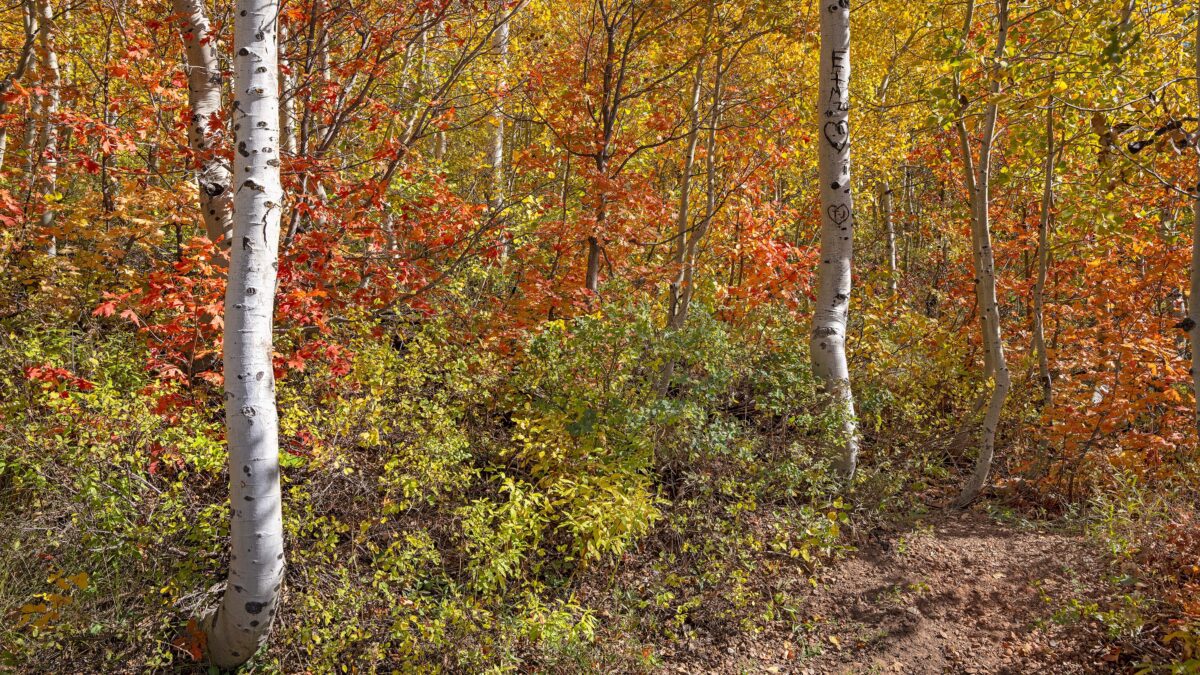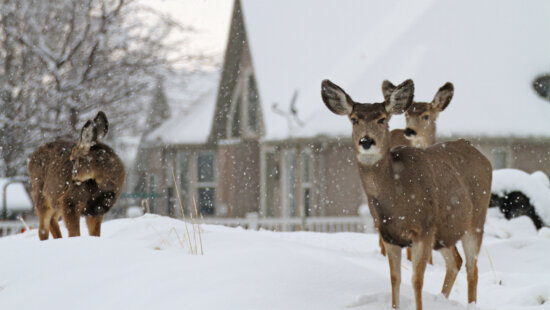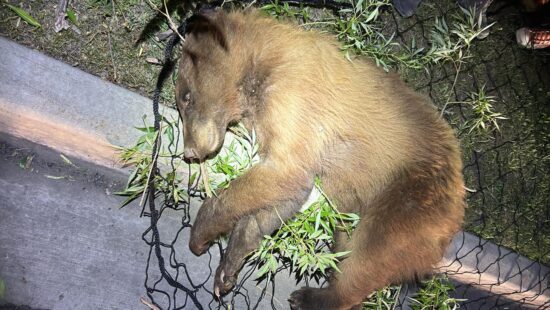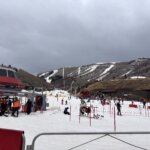Wildlife
The uniqueness of the Aspen and its importance to Utah’s ecosystems

Aspen in its fall colors on a trail above Little Dell Reservoir. Photo: TownLift // Kevin Cody.
UTAH — Aspen trees are more than just pretty landscape features in an ecosystem. Their resilience to fire, the habitat they create, and their role as a food source for several animals are only some of the reasons why aspens are a keystone species.
Aspen trees are unique in that a group of aspen trees is considered a single organism, with a key feature being the extensive root system. Each aspen tree is a genetic replicate of the other making a group of aspen trees better described as a clone of aspens.
Located in the Fishlake National Forest in southern Utah, the oldest known aspen clone that has lived more than 80,000 years, according to the National Forest Foundation.
Although the U.S. Forest Service has said that the organism’s exact age is difficult to determine, researchers have estimated that the root system could have started growing at the end of the last ice age. The significance of the specimen led to scientists giving it the name Pando, which means “I spread” in Latin.
Pando spreads over 106 acres and consists of over 40,000 individual trees. It is considered the densest organism ever found at 13 million pounds.




















